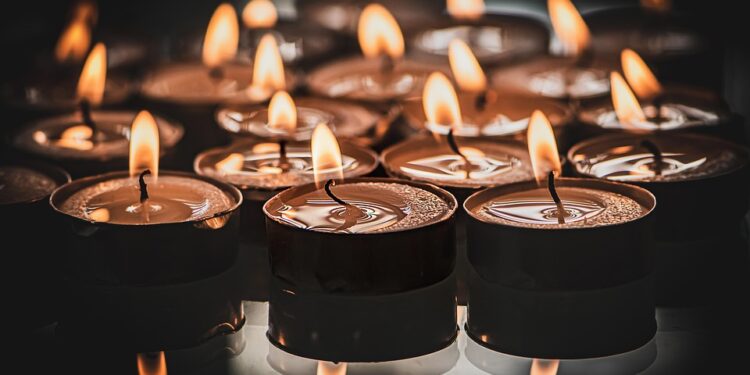Breathe in Peace: Unlocking the Power of Pranayama Breathing Techniques
Pranayama is an ancient practice that focuses on controlling the breath to improve physical, mental, and emotional well-being. By harnessing the power of pranayama breathing techniques, individuals can unlock a sense of peace, calm, and clarity in their lives. In this article, we will explore the benefits of pranayama, how to practice it effectively, and common questions surrounding this powerful breathing technique.
The Benefits of Pranayama
Pranayama offers a wide range of benefits for the mind, body, and spirit. By focusing on the breath, individuals can reduce stress, anxiety, and depression. Pranayama breathing techniques also help to increase oxygen flow to the brain, improving concentration, focus, and mental clarity. Additionally, pranayama can enhance lung function, boost energy levels, and promote relaxation and overall well-being.
How to Practice Pranayama
There are several key pranayama breathing techniques that individuals can practice to experience the benefits of this ancient practice. One of the most common techniques is diaphragmatic breathing, which involves breathing deeply into the belly rather than shallowly into the chest. This helps to activate the parasympathetic nervous system, promoting relaxation and reducing stress.
Another popular pranayama technique is alternate nostril breathing, which involves breathing through one nostril at a time while blocking the other nostril with the thumb. This technique is said to balance the left and right hemispheres of the brain, promoting mental clarity and emotional balance.
Kapalabhati breathing is another powerful pranayama technique that involves rapid, forceful exhalations followed by passive inhalations. This technique helps to detoxify the body, increase energy levels, and improve lung function.
Common Questions About Pranayama
Is Pranayama Suitable for Beginners?
Yes, pranayama is suitable for beginners as well as experienced practitioners. It is important to start slowly and gradually increase the duration and intensity of your pranayama practice. If you are new to pranayama, consider working with a qualified instructor who can guide you through the proper techniques and ensure that you are practicing safely and effectively.
How Often Should I Practice Pranayama?
Pranayama can be practiced daily or as needed to help manage stress, anxiety, and other emotional challenges. It is important to listen to your body and practice pranayama in a way that feels comfortable and sustainable for you. Some individuals find it helpful to incorporate pranayama into their daily yoga practice, while others may practice pranayama on its own as a form of meditation or relaxation.
What Are the Best Times to Practice Pranayama?
Pranayama can be practiced at any time of day, but many individuals find it helpful to practice in the morning to set a positive tone for the day ahead. Others may prefer to practice pranayama in the evening to unwind and relax before bedtime. Experiment with different times of day to see what works best for you and fits into your schedule most easily.
Conclusion
Pranayama breathing techniques offer a powerful tool for promoting peace, calm, and clarity in our hectic modern lives. By incorporating pranayama into your daily routine, you can experience the numerous benefits of this ancient practice and cultivate a sense of well-being and balance. Whether you are new to pranayama or an experienced practitioner, there is much to be gained from harnessing the power of the breath and unlocking the potential for inner peace and tranquility.
Remember to practice pranayama mindfully and with awareness, honoring your body and its needs as you explore this powerful practice. With dedication and perseverance, you can unlock the transformative power of pranayama and experience the many benefits it has to offer.


































































